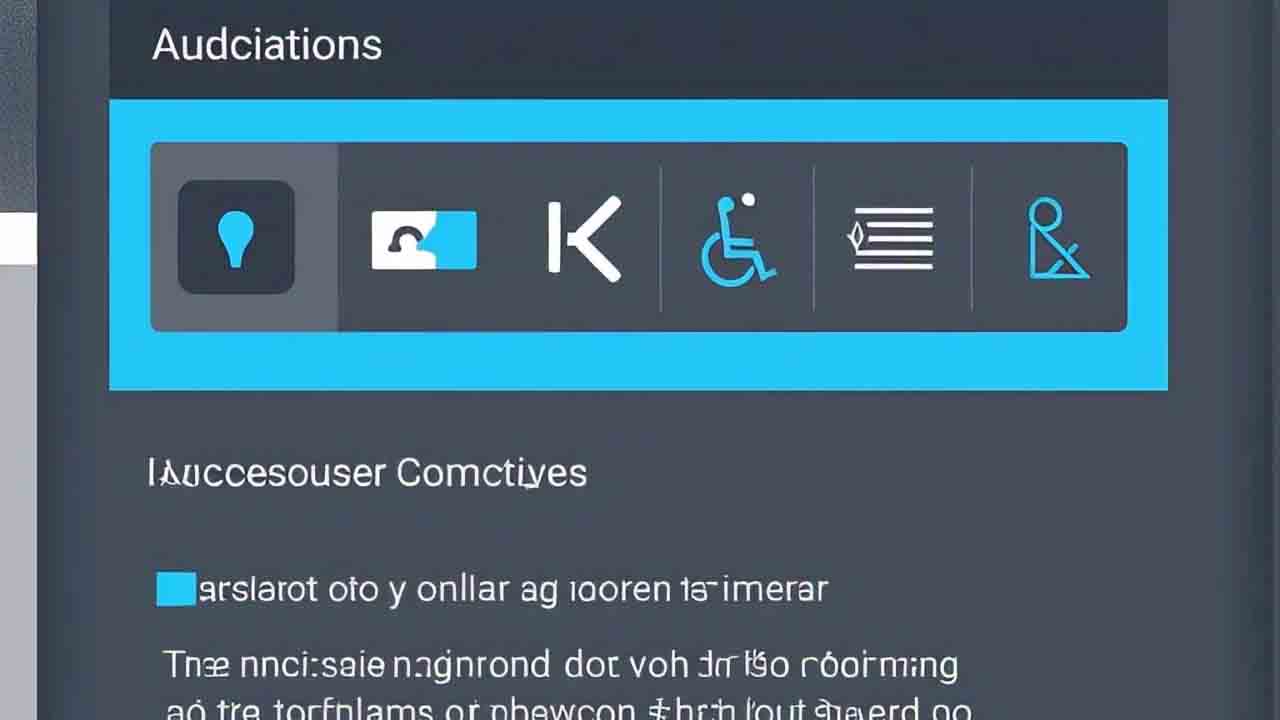
Fastcreasite – In today’s digital landscape, designing for all has become a vital goal for creating inclusive and accessible user experiences. With the introduction of the European Accessibility Act (EAA), inclusive design has shifted from being a “nice-to-have” to a legal necessity. This legislation focuses on making digital services more accessible to individuals with disabilities, ensuring that websites, mobile apps, and other digital platforms cater to everyone, regardless of ability. Designing for all means considering the needs of users with diverse physical, cognitive, and sensory abilities, promoting equal access to digital content.
The European Accessibility Act, which took effect in 2025, mandates that all digital services, including websites and mobile applications, meet specific accessibility standards. This law covers a wide range of areas, from e-commerce platforms to public service websites. With the EAA in place, businesses and organizations across the European Union must adopt inclusive design principles, ensuring compliance with accessibility regulations. Designing for all is no longer just an ethical choice; it’s a legal requirement, and non-compliance can result in penalties. This regulation is a game changer for digital accessibility, as it encourages companies to build accessible platforms from the outset rather than as an afterthought.
“Yungblud Set to Rock the World with ‘Idols’ 2025 World Tour”
The focus on accessibility through designing for all goes beyond mere legal compliance. It opens up opportunities to reach a larger, more diverse audience. Including people with disabilities who have historically faced challenges accessing digital content. By prioritizing accessibility, businesses can tap into this underserved market. Offering products and services to individuals with visual, auditory, or motor impairments. Furthermore, accessible design often improves usability for all users. Features such as clear navigation, text resizing, and voice control can benefit anyone. Especially in situations where users may have temporary impairments or are using devices in challenging environments.
As we look to the future, designing for all will continue to be a driving force in shaping digital experiences. The European Accessibility Act sets a powerful precedent. Encouraging companies to not only meet legal requirements but also embrace inclusive design as a competitive advantage. However, this shift presents challenges. Such as the need for specialized knowledge of accessibility standards and the resources required to implement these changes. Despite these hurdles, the long-term benefits of accessible design expanded reach. Enhanced user engagement, and a more inclusive digital world are undeniable.
Designing for all is a movement that benefits both businesses and users, fostering a more inclusive digital environment. As the European Accessibility Act continues to influence design practices. Companies that prioritize accessibility will be better positioned for success in the evolving digital landscape.
“Beyond Productivity: Embracing the Cozymaxxing Lifestyle”
[SITE_NAME] - Product teams now rely on design systems in scaling complex digital platforms to maintain speed and consistency. Mengapa…
[SITE_NAME] - Web designers increasingly rely on web design color psychology to drive clicks, build trust, and guide user decisions.…
[SITE_NAME] highlights how essential cybersecurity tools for modern web projects protect applications from fast-evolving digital threats in 2025. Why Essential…
[SITE_NAME] highlights new findings from eye tracking website header research showing users often ignore prominent header elements on modern sites.…
[SITE_NAME] highlights new website header blindness insights from eye-tracking studies that show users often skip top-page areas and focus directly…
FastCreaSite - Voice Commerce has accelerated into mainstream adoption as more users rely on voice-enabled devices to complete everyday tasks,…